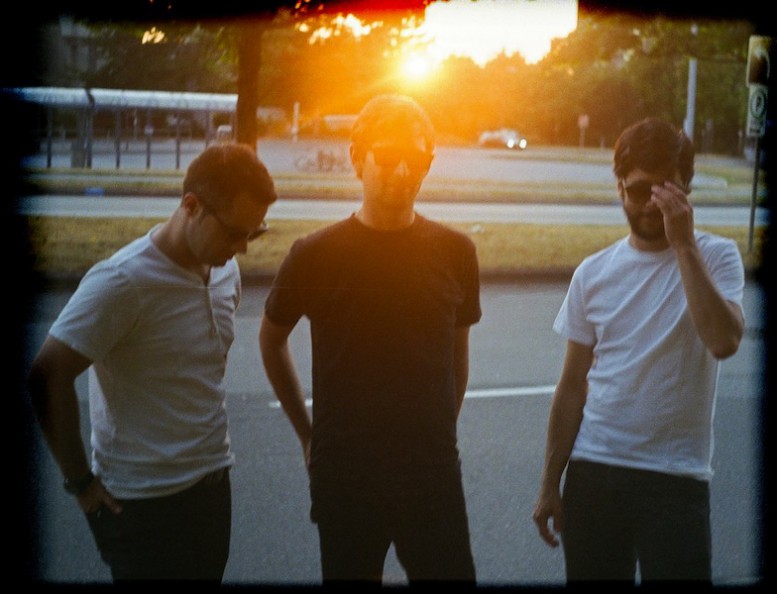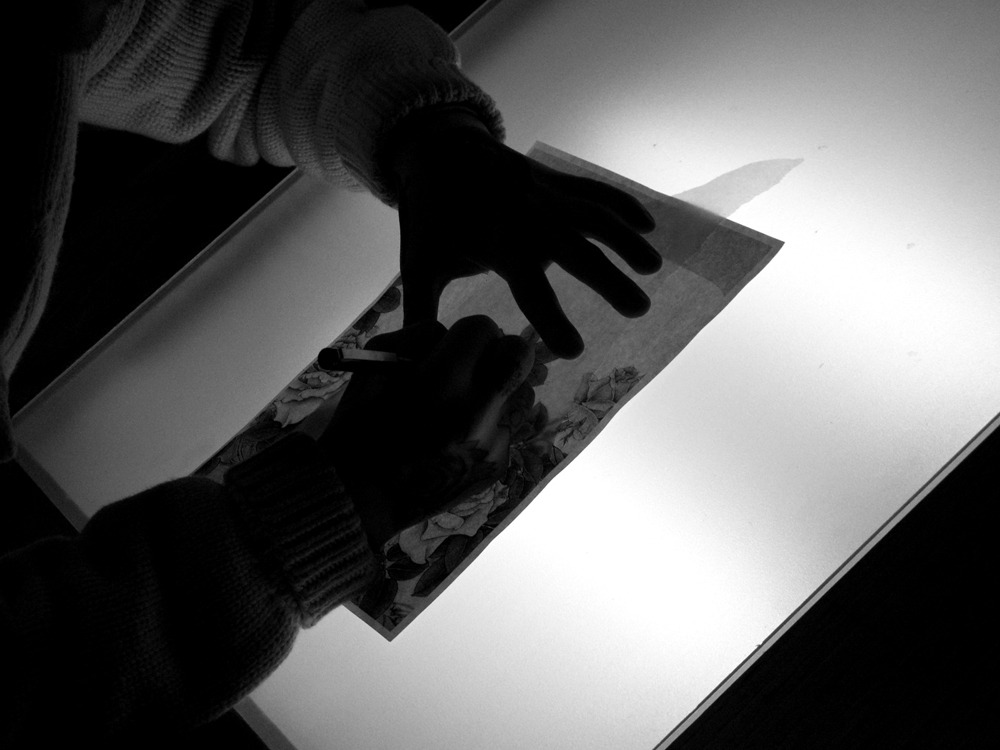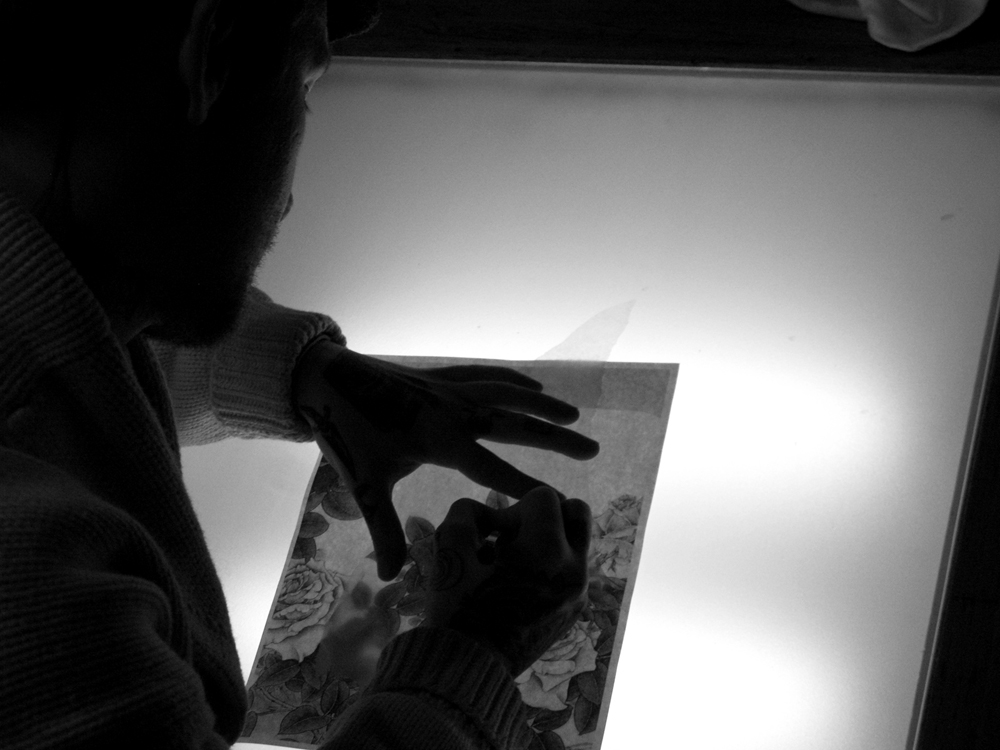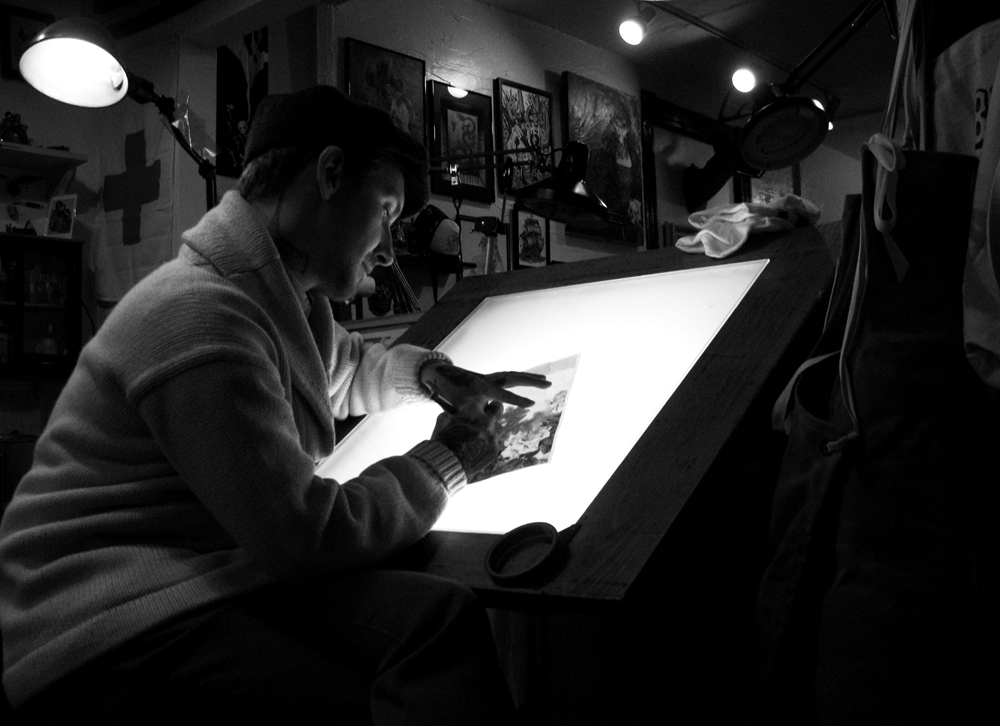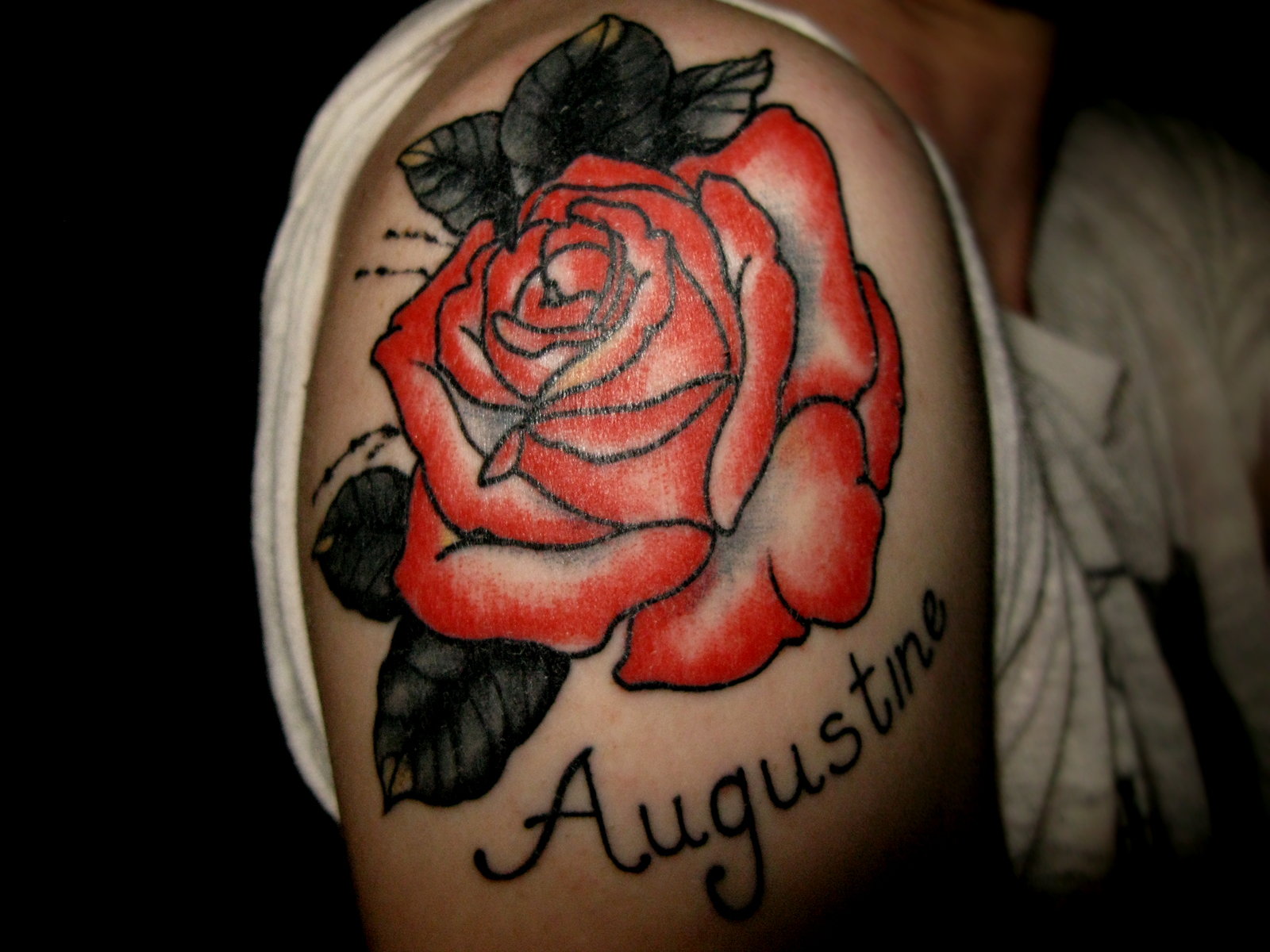After studying philosophy and art history from St. Andrews University, Colbert went into the business of selling Russian scarves and in 2005 founded the Rodnik Band with no formal fashion training. After six years of chopping his axe as a designer in the cut throat arena of mainstream fashion, with his collections showing around the world and carried by the best retailers, Colbert was seeking more meaning–in essence "....to create a more meaningful approach to fashion. [And] was less interested in the trend of fashion for fashion sake, the smoke and mirrors style of trend based fashion, which is repetitive, cyclical, and often devoid of meaning." As we were still curious, Pas Un Autre asked Philip a few questions about art, pop culture, fashion, and The Rodnik Band.
The Rodnik Band is not presented as a traditional fashion label, but as a band. Why is that?
I present the label as a Band, because I was inspired to break the mould and present fashion in a new way. I was inspired by the cross over between fashion and music, and wanted to create a new cross over concept.
Can you tell me a little about your current collection, Venus in Sequins?
I wanted my artwork dresses to sparkle so they are made using intense sequin embroidery, which takes over three weeks of hand work per dress. I wanted to created wearable POP art with requisite hand crafted detail. They are a hybrid product, they stand in no mans land between the two established genres of art and fashion. I see them as a step in establishing a new conception of clothing as wearable art. I was inspired to create clothing with clear artistic expression. I found good past examples of this concept in the Ballet Rus, where Picasso and De Chirico designed costumes which are unquestionably great artworks, and take their painting styles into a different and exciting dimension. The graphical style of the dresses are unique as I create my own artwork interpretations of each inspiration (such as the soup can) and create lino block print to simplify and recreate the image by my own hand, allowing mistakes and giving the work my visual identity. The Naive black lines create a more satirical rendition on the idea and add a sense of humor. Sequin work is then added on top of the print artwork to make it sparkle. I use mostly silk, such as Duchess Satins and Georgette's, and Cashmere as a base. Then hand sew the sequin work on top.
On your website you say that you are inspired by Marcel Duchamp and Pop Art. Andy Warhol said in an interview once that "Pop art is about liking things." Its fairly vague, but what do you think he meant by that?
I was interested in the way POP art communicates, unlike many art forms it it relevant and accessible to people from all walks of life, it draws inspiration from the culture we live in, and is a very strong form of visual communication, it is essentially very democratic and connected with peoples lives. Similarly I think Warhols quote may have meant that it is a positive form of artistic expression.
"I feel the industry takes itself to seriously
and is in danger of missing the creative spirit
that makes it a higher art form
with expression."
If Marcel Duchamp were alive today what would he think of art in the 21st century?
If Duchamp were alive today, he would probably start painting like like the old masters, I remember a quote, which goes something like, "those that created Religion would be the same people who tear it down".
Pop Art is a reaction to current popular culture or the zeitgeist. The Rodnik Band borrows from a lot of zeitgeists of yesteryear. Is The Rodnik band a response or a statement? Or both?
The Rodnik Band is both a response and a statement. I feel the industry takes itself to seriously and is in danger of missing the creative spirit that makes it a higher art form with expression. I like the idea of breaking the conventional mould.
How does one stand out in a world where every one is trying to stand out? Is too much individuality bad for art?
To much of anything can be bad, I don't think we have to worry about to much individuality for art, the majority of people will always follow the crowd.
You studied philosophy originally. What brought you to fashion?
I came into fashion in the spirit of unexpected adventure, and i always was inspired by that, it was never something i would have expected myself to work in. I have tried to create a direction and way of working that inspires me. I like the quote from Oscar Wilde, "We Should all be either a work of Art, or wear a work of art".
Whats next for The Rodnik Band?
New wearable artwork collection which is aimed at further developing the concept, a diffusion line to take Rodnik to spirit to more people, and more songs of course .
You can find pieces from the Venus in Sequins collection for sale here or visit www.therodnikband.com
Text by Oliver Maxwell Kupper for Pas Un Autre






